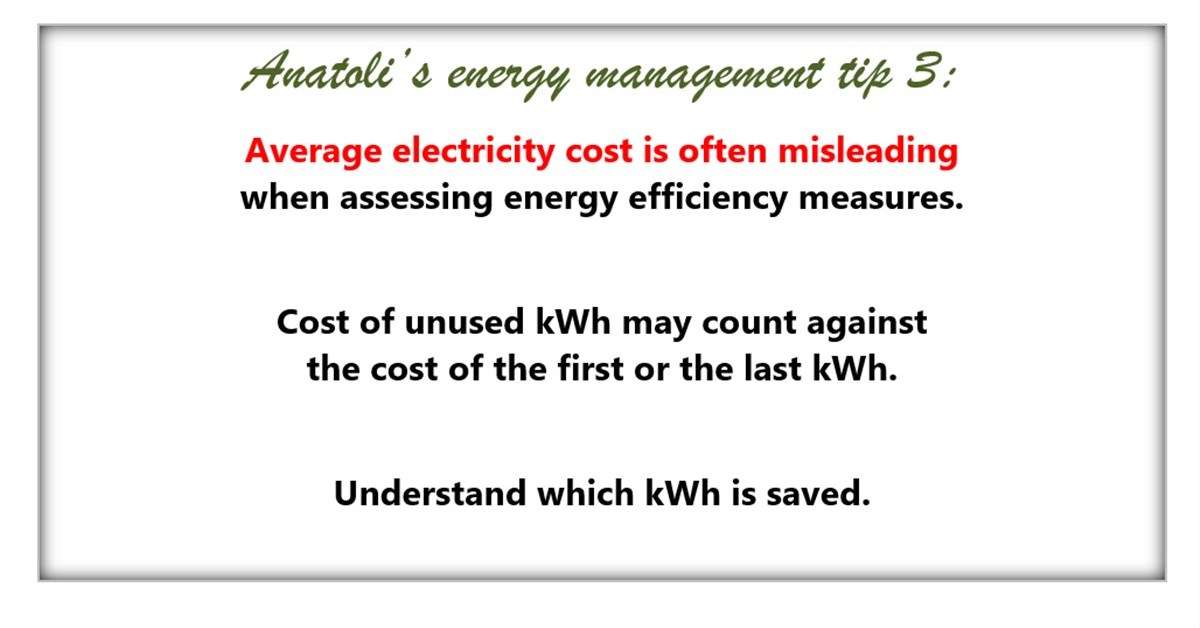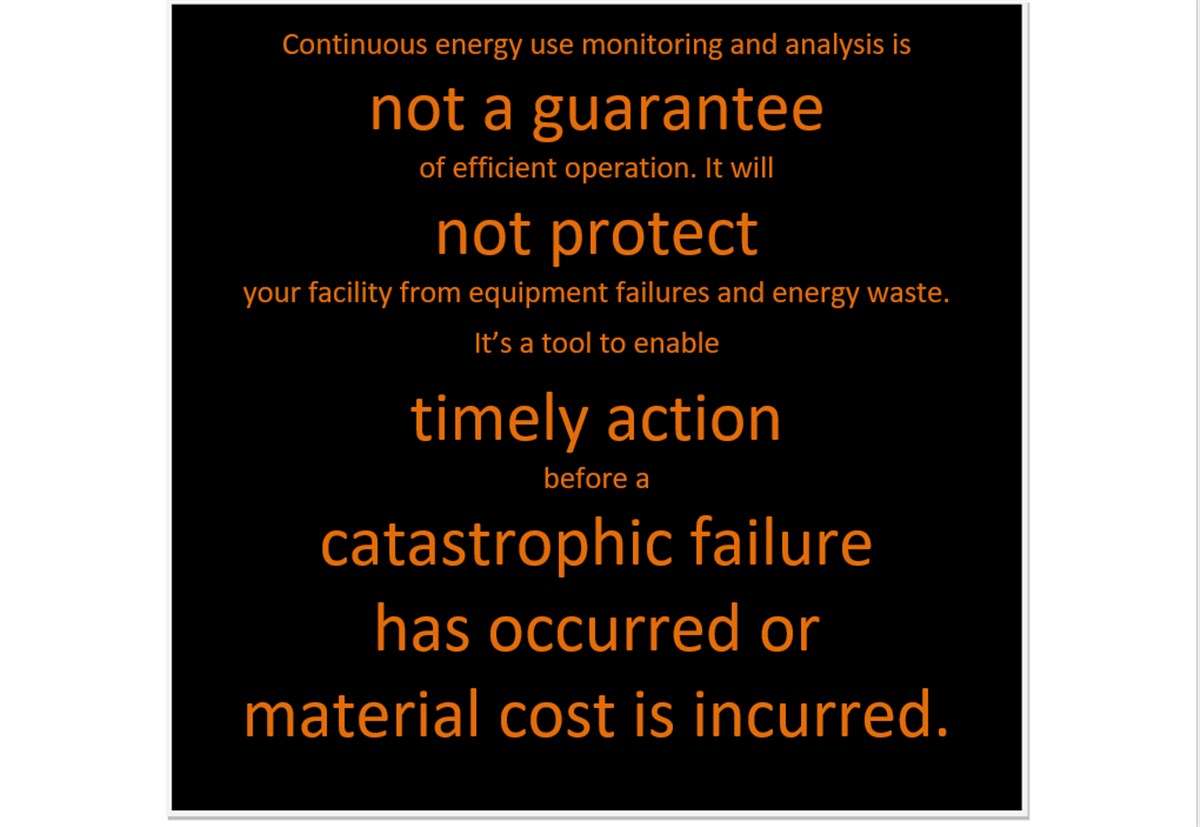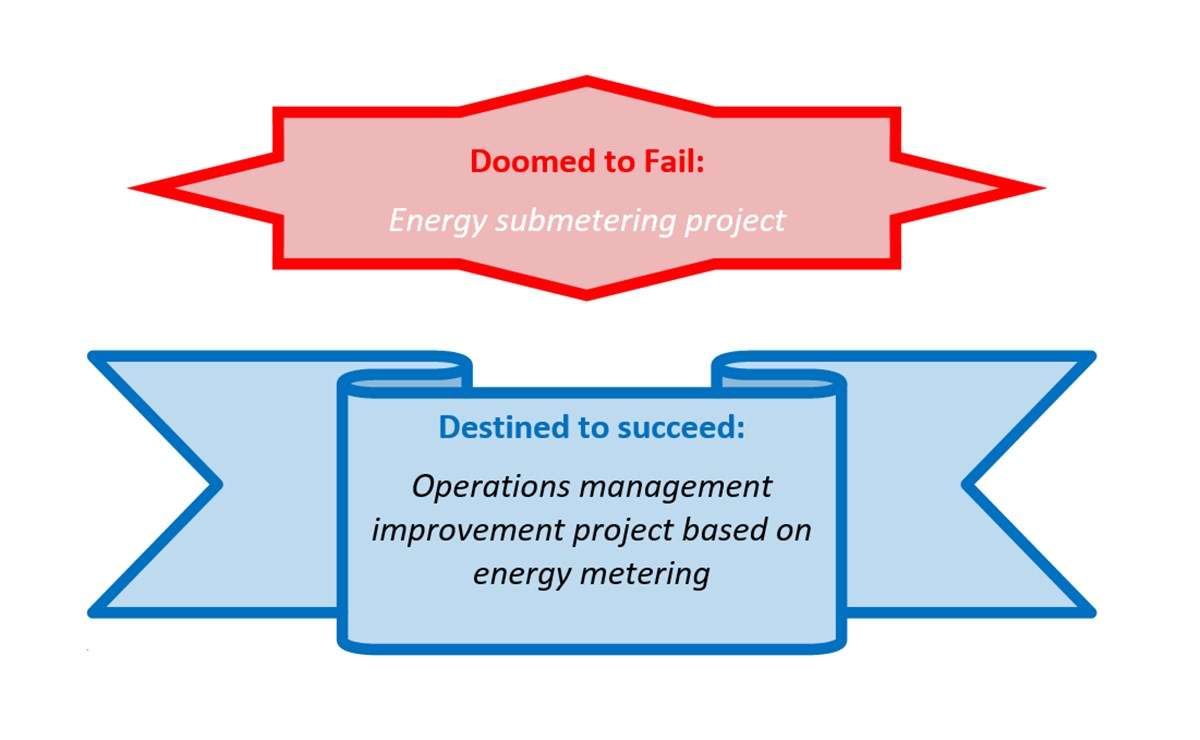Use of average electricity cost can be misleading when assessing financial impact of energy efficiency measures.
What counts is the cost of the last kWh used that is comprised off Global Adjustment (Ontario), demand charges (kW) and energy cost. It matters if avoided consumption contributed to consumption during monthly peak demand or not.
Faults of using average become visible when you attempt to reconcile calculated savings with bills. For example, if you reduce lighting load at 24/7 manufacturing plant, average will be ok because lighting is ON all the time, including peak time. But when kWh reduction does not coincide with peak time (e.g., loads not present during pm peaks or weekend air compressor turn off or reduction in parking lighting), it will not reduce the demand charge.
If you use average cost per kWh and your load reduction does not happen during peak hours, then showing savings on monthly bill to CFO may become a challenge.







Leave A Comment